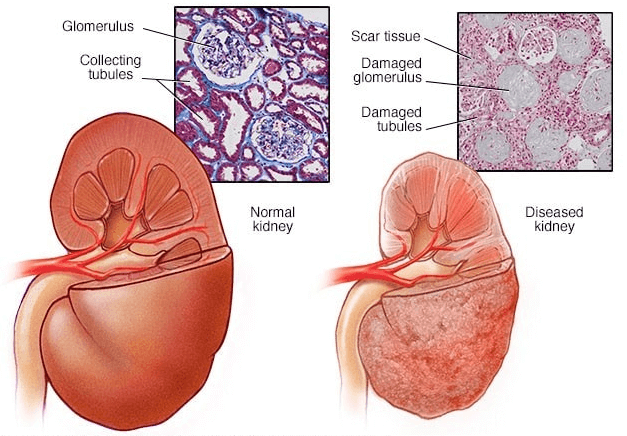A nurse is providing postmortem care for a client. Identify the sequence of actions the nurse should follow. (Move the steps into the box on the right, placing them in the order of performance. Use all the steps.)
Determine the family's preferences about care of the body.
Apply identifying name tags onto the client.
Verify that the provider has certified the client's death.
Remove all equipment and tubes from the client's body.
The Correct Answer is C,A,D,B
Verify that the provider has certified the client's death: Before any postmortem care is initiated, it's crucial to confirm that the client has indeed passed away. This verification is typically done by a healthcare provider, such as a physician or nurse practitioner, who examines the client, checks for signs of life, and makes an official declaration of death.
Determine the family's preferences about care of the body: After the client's death has been certified, the healthcare team should communicate with the family or next of kin to inquire about their preferences regarding the care of the deceased. Families may have specific cultural, religious, or personal requests regarding postmortem care procedures, and it's essential to respect and accommodate these preferences whenever possible.
Remove all equipment and tubes from the client's body: This step involves the removal of any medical equipment, devices, or tubes that may have been in use during the client's medical care. This can include items such as intravenous (IV) lines, catheters, ventilator tubing, and monitoring equipment. Ensuring that all equipment is removed is not only a matter of dignity but also helps prepare the body for viewing by the family, if desired.
Apply identifying name tags onto the client .To maintain accurate identification and tracking of the deceased client, it's common practice to attach identifying name tags or labels to the body. These tags typically contain essential information, such as the client's name, medical record number, and date of birth. This step helps prevent any confusion or mix-up of identities during postmortem procedures and transport.
Nursing Test Bank
Naxlex Comprehensive Predictor Exams
Related Questions
Correct Answer is A
Explanation
a. Support the client's decision to stop the treatment.
As a nurse, it is important to respect the client's autonomy and right to make decisions about their own care. The decision to stop dialysis treatment is a personal one and should be respected by the healthcare team. The nurse should support the client's decision and provide information and resources to help the client manage symptoms and maintain comfort during the end-of-life process.
It is not appropriate for the nurse to suggest that the client discuss the decision with her family or to discuss alternative treatment methods, as these decisions should be made by the client in conjunction with their healthcare provider.
It may be appropriate to offer spiritual or emotional support to the client, but this should be based on the client's preferences and not imposed upon them by the healthcare team.

Correct Answer is B
Explanation
Choice A Reason:
Removing personal protective equipment (PPE) after leaving the client's room is correct, but it should be done in a way that minimizes the risk of contamination. Proper doffing of PPE is essential to prevent self-contamination.
Choice B Reason:
Wear a gown when assisting the client with personal hygiene. When caring for a client with methicillin-resistant Staphylococcus aureus (MRSA) in a long-term care facility, wearing a gown when assisting the client with personal hygiene is an important infection control measure. MRSA can be transmitted through direct contact with contaminated surfaces or skin, so wearing a gown can help prevent the spread of the bacteria from the client to the healthcare provider's clothing.
Choice C Reason:
Ensuring that negative air pressure is active for the client's room is not typically necessary for MRSA precautions. Negative air pressure rooms are often used for clients with airborne infectious diseases, such as tuberculosis.
Choice D Reason:
Restricting the client's visitors may be necessary in some cases, especially if there is a concern about the potential spread of MRSA to vulnerable individuals. However, visitor restrictions should be implemented based on the facility's policies and guidelines, and they should be communicated clearly to visitors and family members.

Whether you are a student looking to ace your exams or a practicing nurse seeking to enhance your expertise , our nursing education contents will empower you with the confidence and competence to make a difference in the lives of patients and become a respected leader in the healthcare field.
Visit Naxlex, invest in your future and unlock endless possibilities with our unparalleled nursing education contents today
Report Wrong Answer on the Current Question
Do you disagree with the answer? If yes, what is your expected answer? Explain.
Kindly be descriptive with the issue you are facing.
